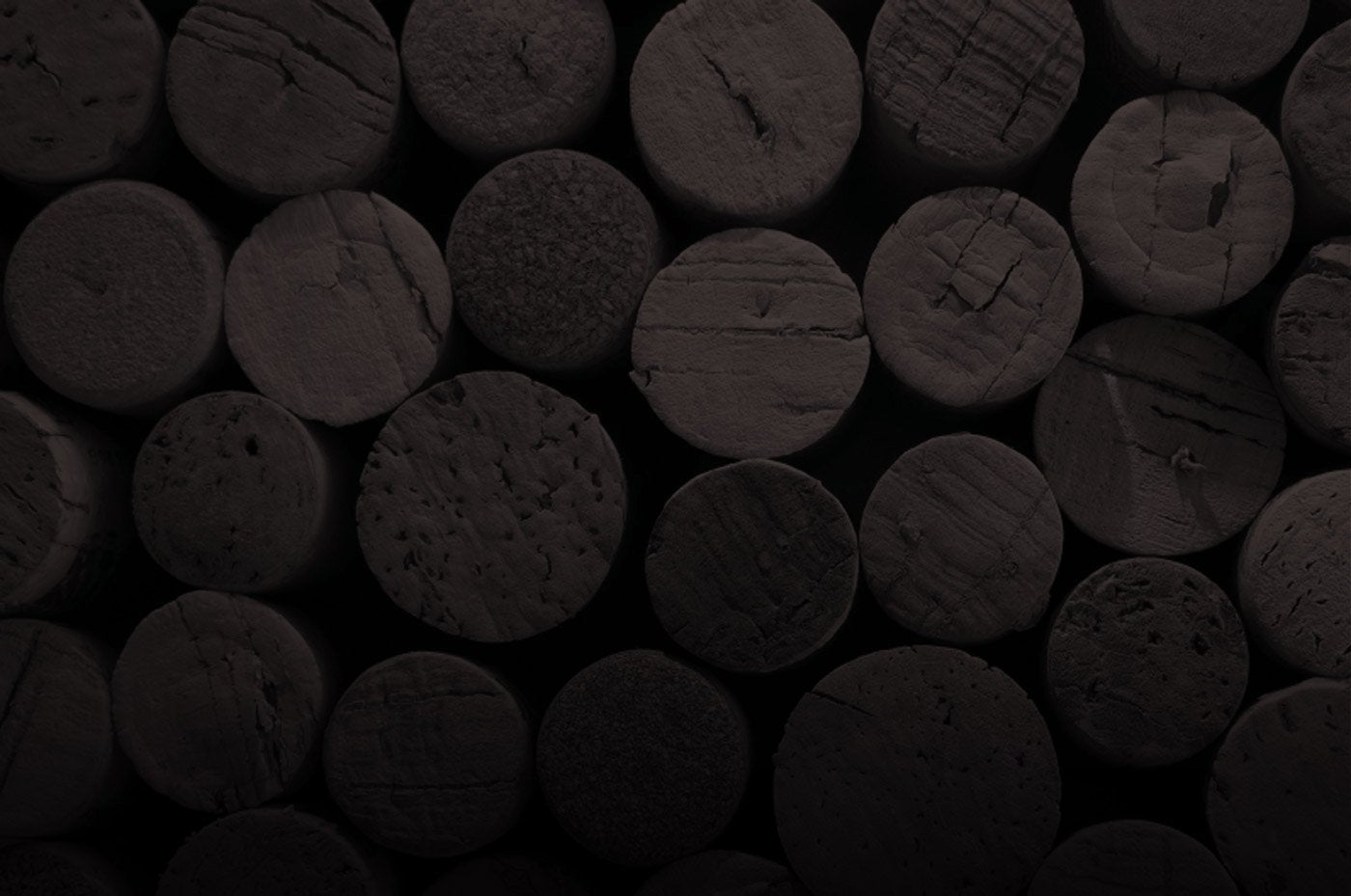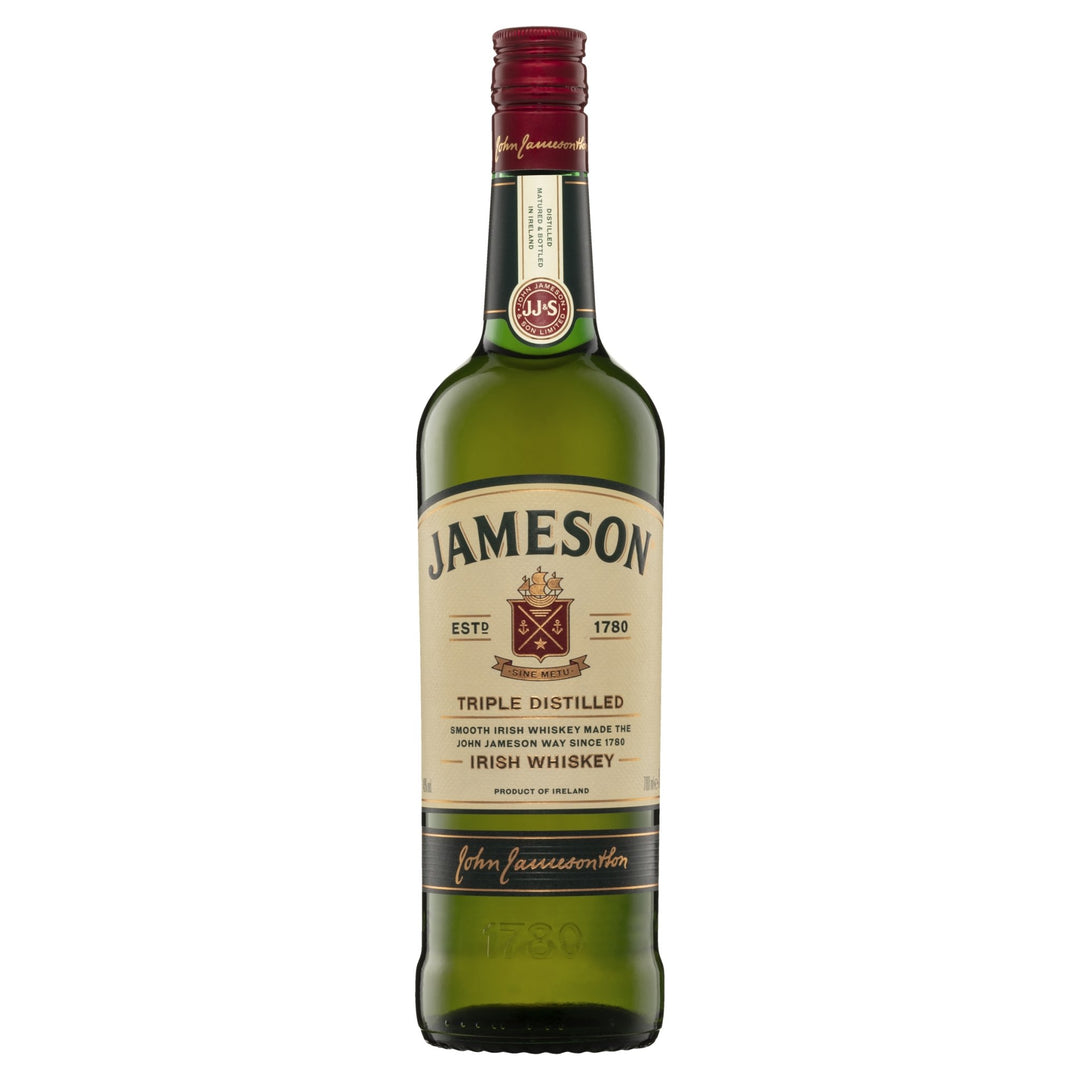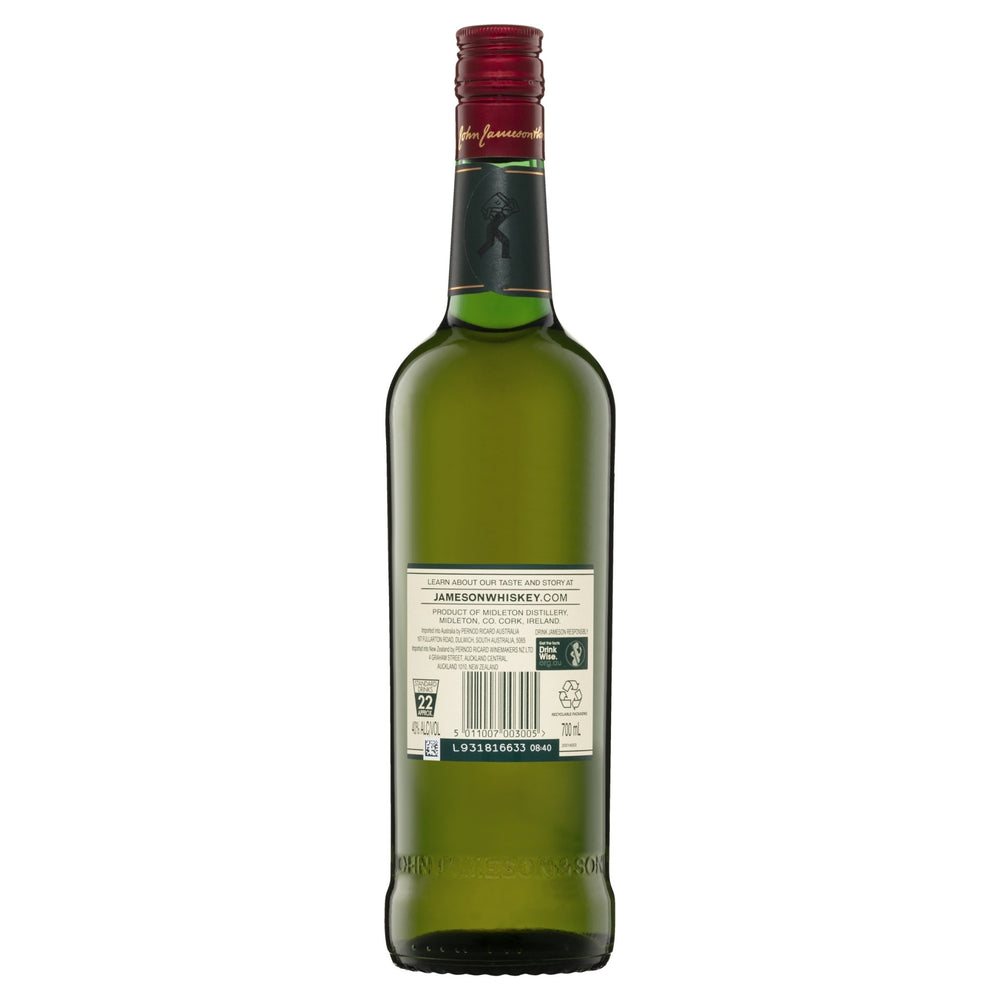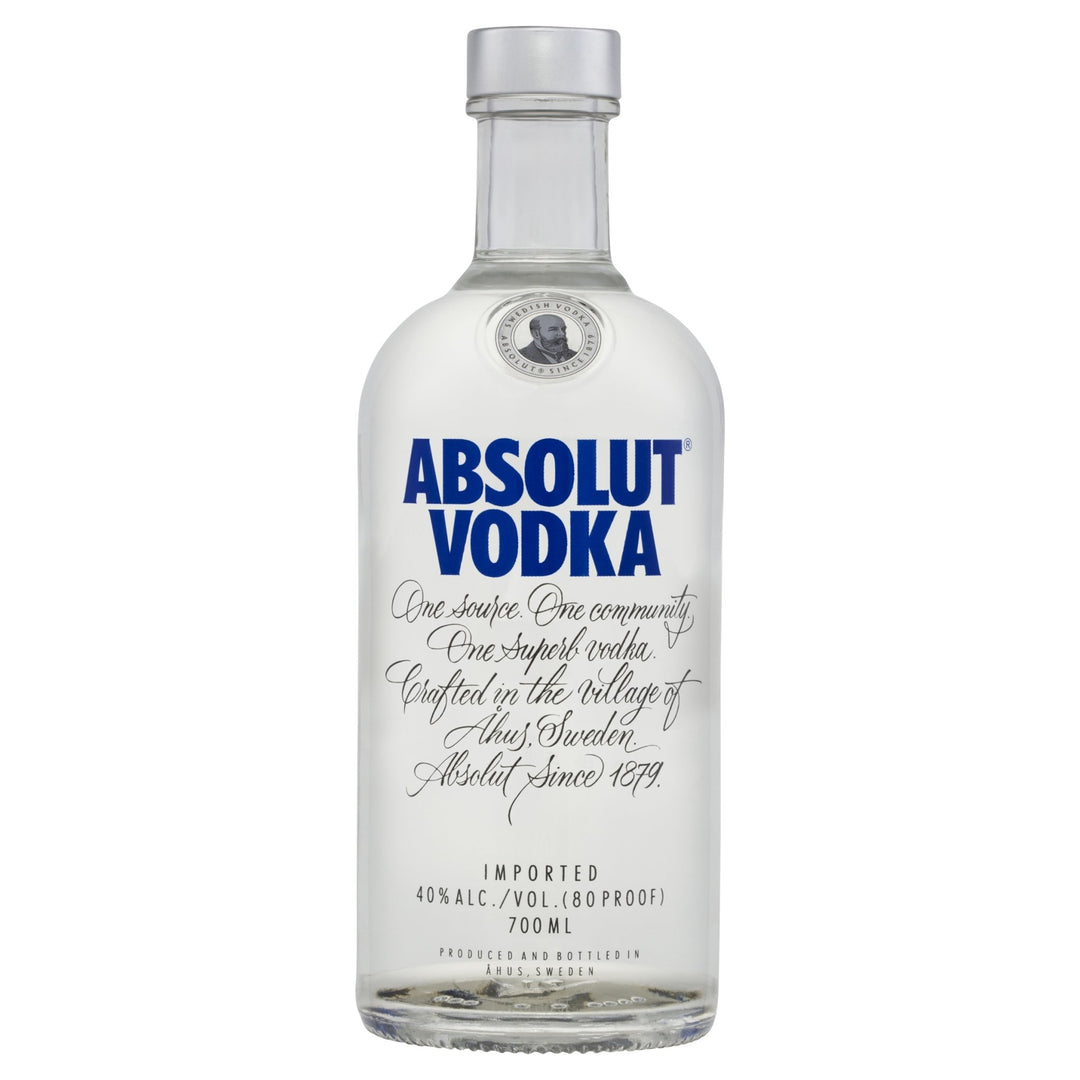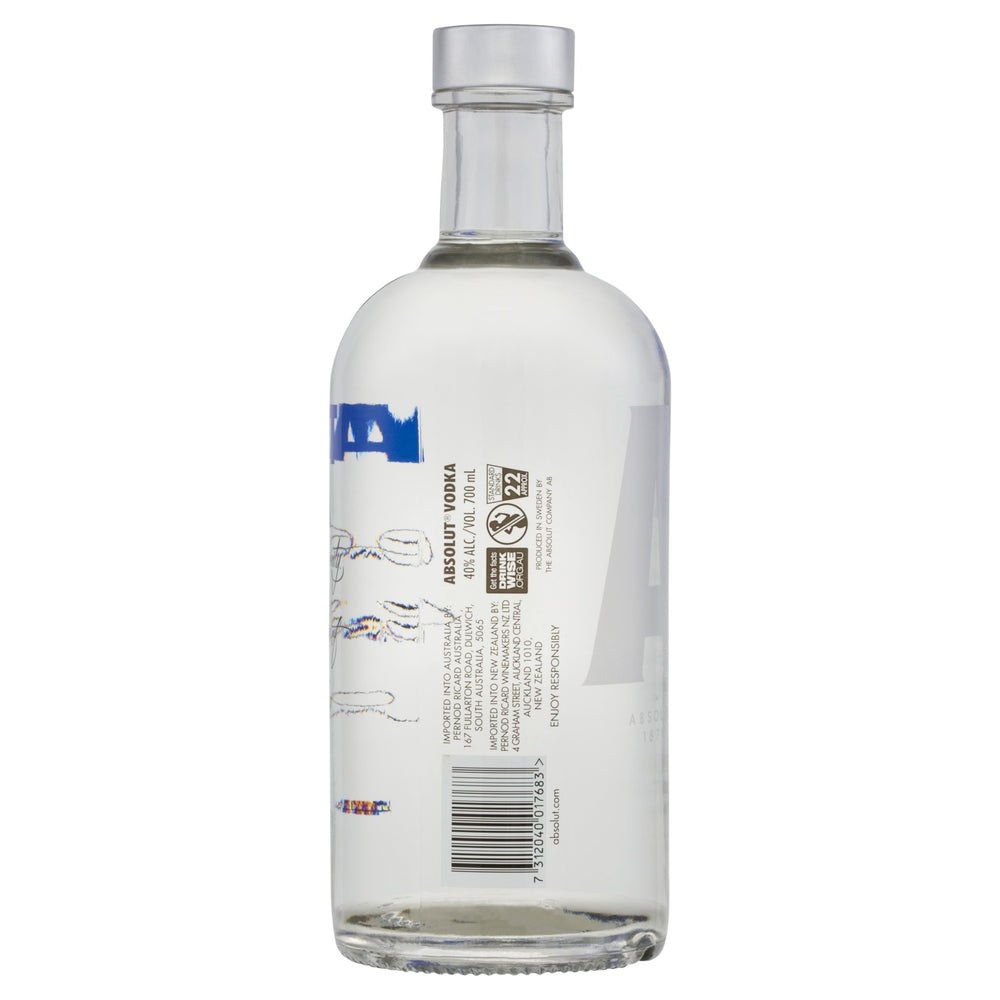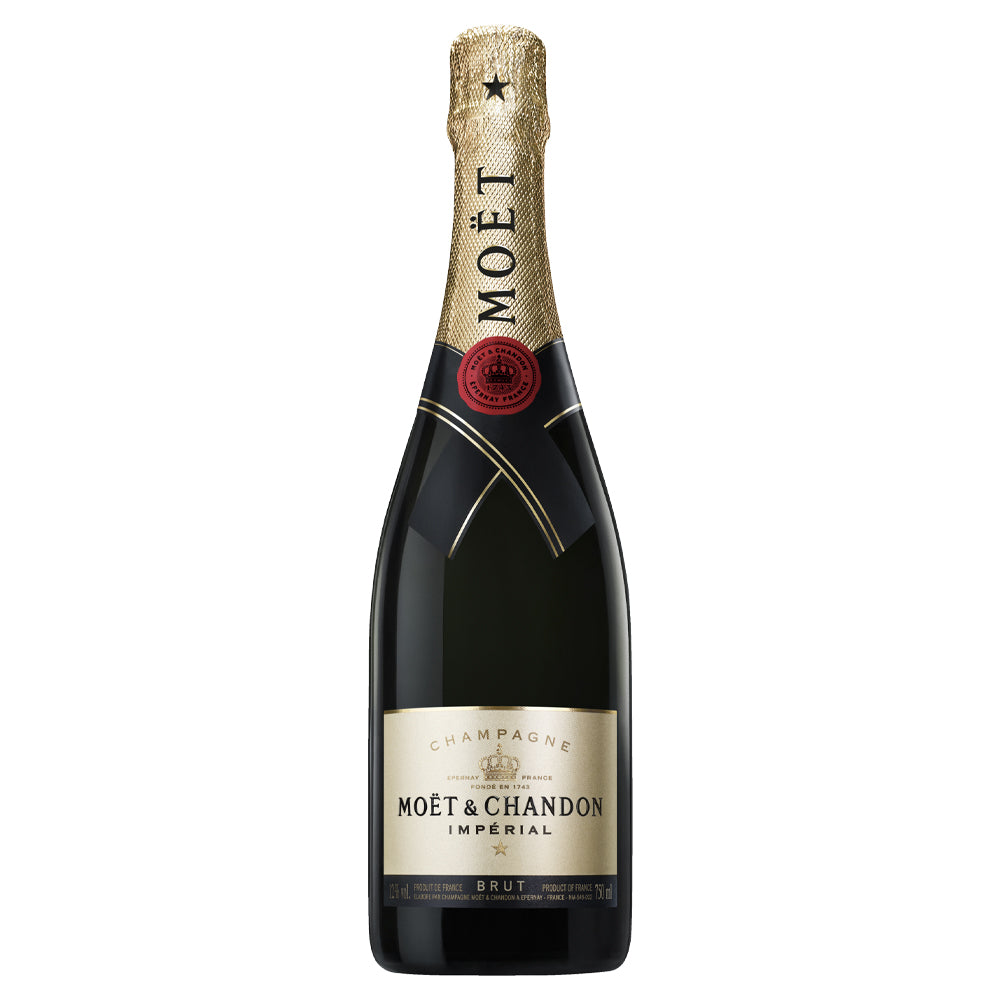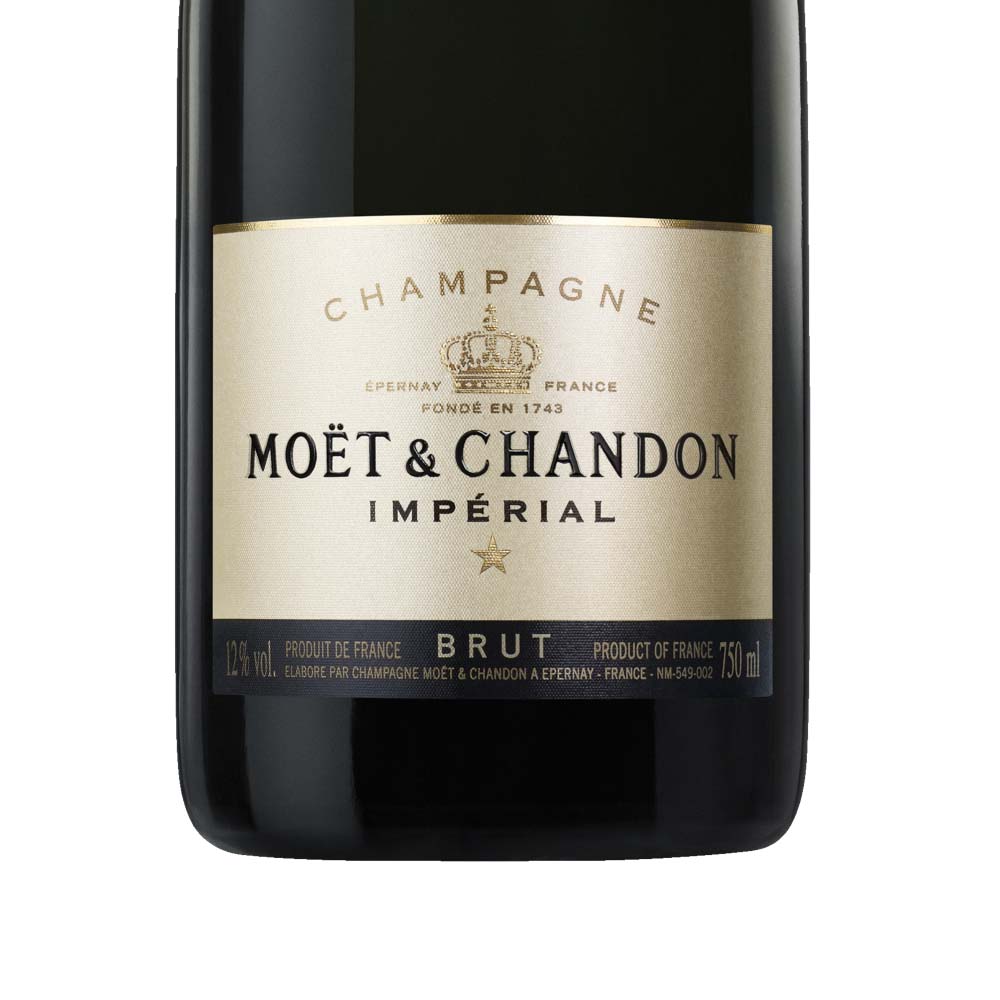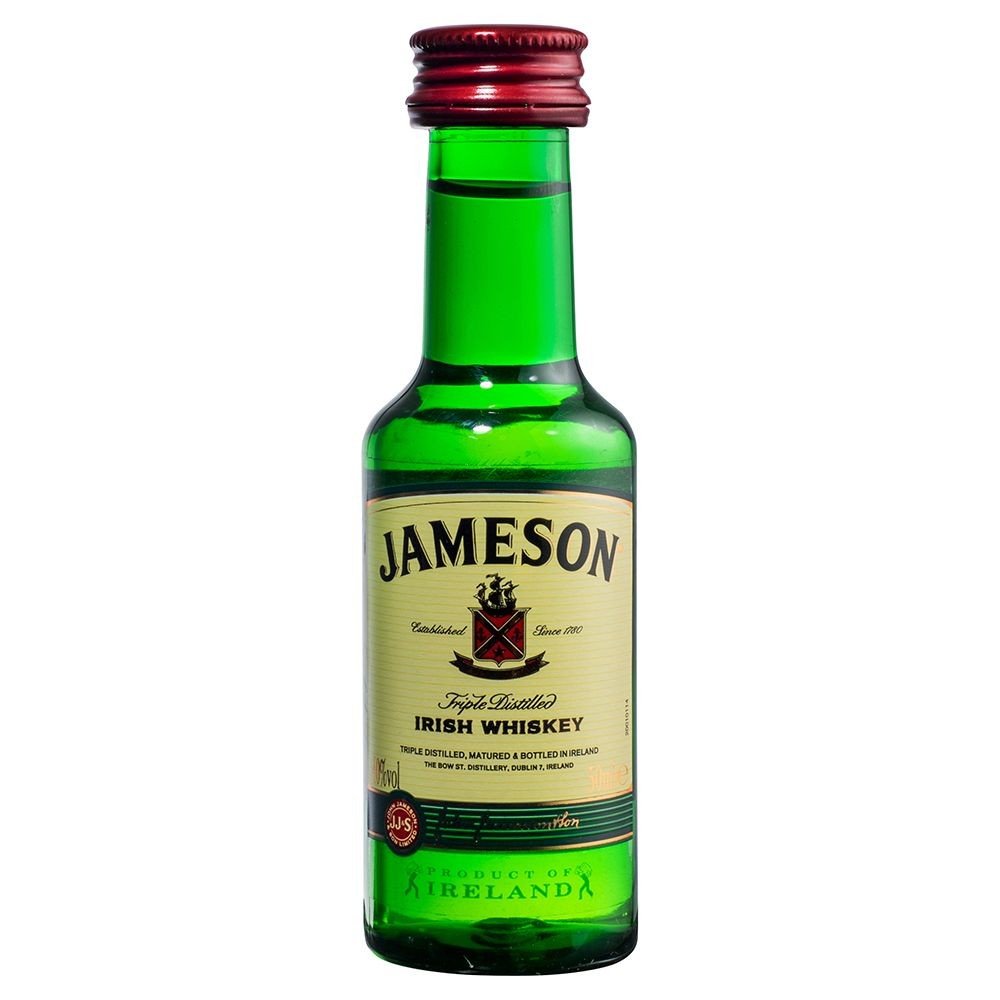The flavours and taste of wines are heavily influenced by the temperature at which they are enjoyed. The general rule of thumb is that white wines are chilled and red wines are served at room temperature. Understanding a little more behind the optimum temperatures for different varietals will have you enjoying the full flavours and characteristics of every bottle you drink.
Drinking wine that is too cold or too warm can dramatically change the taste. It can suppress some flavours or enhance others, causing the wine to be unbalanced and muddled.
But don’t worry—it doesn’t need to be an exact science, and you don’t need to stick a thermometer in every glass to enjoy it.
White Wine Temperature
White wines should be drunk chilled, but some are often drunk a little too cold. A temperature that is too low will subdue the flavours and aromas, instead bringing out the acidity in the wine.
Some white wine should be enjoyed only lightly chilled, such as an oaked white wine like a Chardonnay, for which the full flavours are best experienced at around 13ºC.
If a white wine is left in a fridge where the temperature is typically around 2º, then it’s best to take the wine out around 30 minutes before serving; this will allow it to warm up to the optimum wine temperature.
| Style of Wine | Example | Service Temperature |
|---|---|---|
| Light/Medium-Bodied White | Pinot Gris, Sauvignon Blanc | Chilled 7-10ºc |
| Medium/Full-Bodied Oaked White | Chardonnay, White Burgundy | Lightly Chilled 10-13ºc |
| Sparkling Wines | Champagne | Well Chilled 6-10ºc |
Red Wine Temperature
There is a common misconception in Australia that all red wine should be drunk at room temperature. This is true—except that this rule originated in medieval France, where the average room temperature was around 15-18º. This is much lower than Australia’s average room temperature, especially in summer, when 30+ degree days are not uncommon.
Red wine can be split into two types: light-bodied red, such as Pinot Noir, and medium/full-bodied red, such as Shiraz and Cabernet Sauvignon.
Reds that are drunk too cold will often taste thin and harsh, and the flavours will not come through. A good way to warm a glass of red up is to hold the bowl of your glass in your hands to gently increase the temperature. Any method of rapidly exposing red wine to extreme heat may irreversibly damage the wine.
Conversely, if red wines are drunk too warm, then the flavours will be unbalanced; the freshness of the wine will be lost and the heat from the alcohol will be more noticeable. Simply cooling down the wine will restore the balance. Don't forget to also let your red wine breathe.
| Style of Wine | Example | Service Temperature |
|---|---|---|
| Light-Bodied Red | Pinot Noir, Beaujolais, Valpolicella | Lightly Chilled 13ºc |
| Medium/Full-Bodied Red | Shiraz, Cabernet Sauvignon, Bordeaux, Burgundy, Merlot | Cool Room Temperature 15-18ºc |
Temperature does affect the flavours and characteristics of wine, and each style of wine provides the most enjoyment at its optimal temperature. It is definitely worth the time to taste wines at their ideal temperature to see if you notice a difference in the flavour.
At the end of the day, though, you should drink your wines the way you appreciate them best. Wine is meant to be enjoyed no matter what the temperature.



